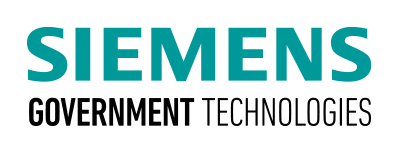A comprehensive approach through Trusted Traceability
Addressing the DoD’s critical nature and significant security demands for microelectronics supply chains requires a unique, comprehensive approach.
At Siemens Government Technologies (SGT), we are partnering with federal agencies to build better, more resilient and secure supply chains for the future. As the wholly-owned, cleared U.S. subsidiary of technology powerhouse Siemens, SGT connects federal agencies to the comprehensive end-to-end portfolio of solutions from Siemens, one of the most technologically advanced and proficient engineering, industrial and software leaders in the world. Our Trusted Traceability initiative - a combination of blockchain technology, MindSphere platform, and the Internet of Things (IoT) solutions are future-proofing national and international supply chains, to help our nation keep its citizens safe and economy thriving.
The pandemic has been a wake-up call for defense. It’s time to modernize and secure our national and international supply chains. A flexible, agile supply chain is crucial to maintaining readiness and staying resilient.
Learn more about how SGT is helping the DoD and the U.S. Federal Government build a more secure and resilient supply chain with Trusted Traceability solutions.
Learn more
Back to Articles
References:
1. “Department of Defense’s dependence on Chinese suppliers must be addressed.” AEIdeas, 17 Aug. 2020, https://www.aei.org/foreign-and-defense-policy/department-of-defenses-dependence-on-chinese-suppliers-must-be-addressed/
